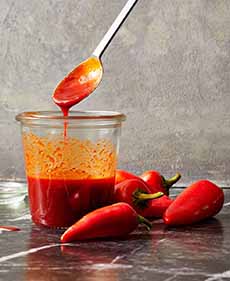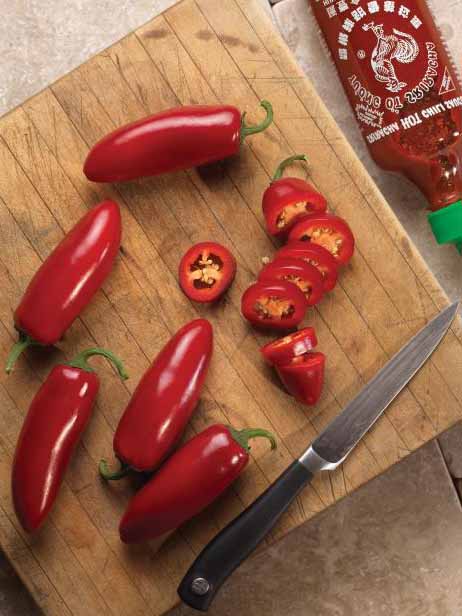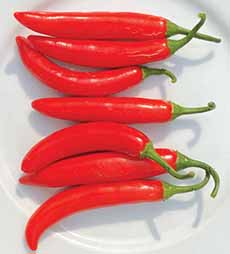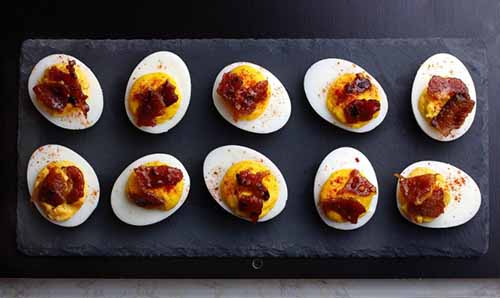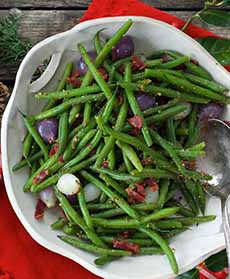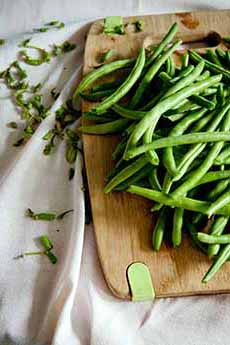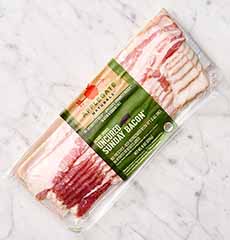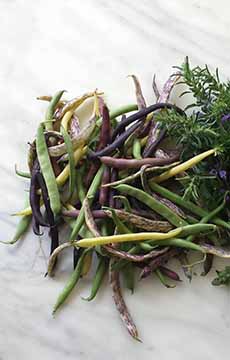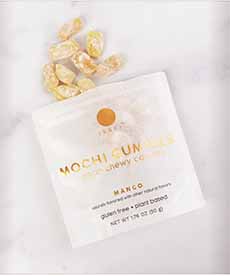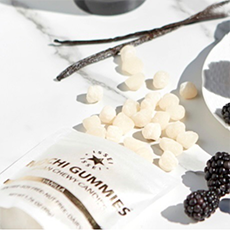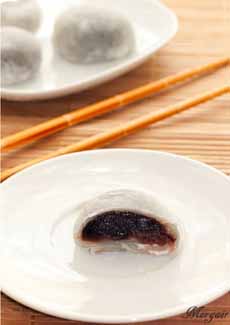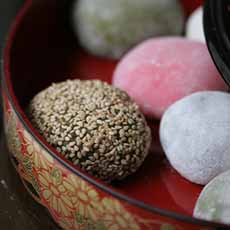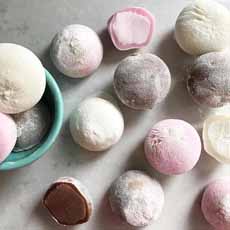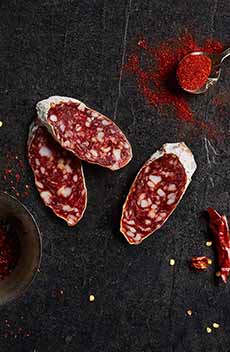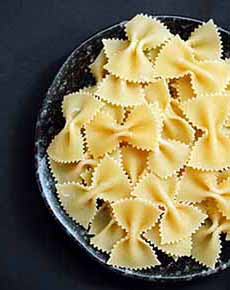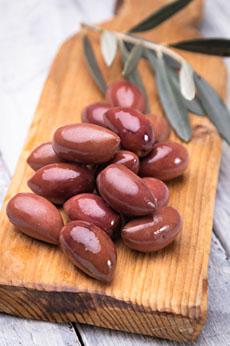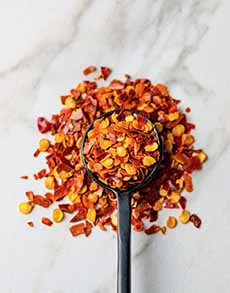|
January 23rd is National Sticky Toffee Pudding Day, celebrating a classic British dessert that is too seldom found in the U.S. But let’s put an end to that:
There’s a delicious recipe below.
Sticky Toffee Pudding is not a pudding as Americans know it, but a steamed sponge cake with toffee sauce.
Sticky toffee pudding (known as sticky date pudding in Australia and New Zealand) is a moist sponge cake optionally made with finely chopped dates which add sweetness and moisture to the cake.
The toffee sauce, made with butter, cream, and different brown sugars depending on the recipe*, is poured over the warm cake, giving it a sticky and gooey texture.
It’s often served with vanilla ice cream or custard (highly recommended!)
The history of sticky toffee pudding is below.
> The difference between butterscotch, caramel, and toffee.
STICKY TOFFEE PUDDING VARIATIONS
Thanks to Audra, The Baker Chick, who creates absolutely delicious recipes, for this sticky toffee pudding recipe.
Her rich cake is made with dates, rum, flour, eggs, butter, and sugar, and served with a warm toffee sauce.
Sign up for her emails. You’ll want to make everything!
Ingredients For An 8-Inch Cake
8 ounces dates, pitted
1/2 cup light rum
2 cups all-purpose flour
1-1/2 teaspoons baking powder
1/2 teaspoon salt
1/2 teaspoon ground cinnamon
1/4 teaspoon baking soda
1/2 cup (1 stick) unsalted butter, softened, plus more for pan
1 cup packed dark-brown sugar
2 large eggs, room temperature
Ingredients For The Toffee Sauce
1 cup heavy cream
1 cup packed dark-brown sugar
1/4 cup (1/2 stick) unsalted butter, cut into small pieces
1/4 cup light rum
1/2 teaspoon sea salt
Preparation
1. PREHEAT the oven to 350°F. In a small saucepan combine the dates and rum and bring to a boil. Reduce the heat to low and simmer for about 3 minutes, until the dates are blistery and soft.
2. USE an immersion blender or food processor to blend the dates and rum into a creamy paste. Set aside. Meanwhile, in a medium sized bowl…
3. STIR together the flour, baking powder, salt, cinnamon and baking soda. Stir together and set aside. In a large bowl…
4. CREAM cream together the butter and brown sugar with an electric mixer to until fluffy. Add the eggs one at a time, mixing until well-combined.
5. ADD the flour mixture in batches, alternating with the date paste, starting and ending with the flour. Don’t over-beat the batter; mix just until smooth and well-combined.
6. GREASE or spray an 8-inch round or square pan and pour the batter in, smoothing the top with the back of a spoon. Bake for 20 minutes, then reduce the heat to 325°F and bake for another 10-15 minutes or until a cake tester inserted into the middle of the cake comes out clean. While the cake is baking, make the sauce (step #8).
7. COOL the cake on a wire rack for 5 minutes and then run a knife around the edge and invert it onto a cake stand or plate.
8. MAKE the sauce. Combine the brown sugar, butter, cream, and rum in a small saucepan over medium heat. Whisk until well-combined and smooth. Cook until bubbly, then remove from heat and stir in the sea salt.
9. POKE holes all along the top and sides of the cake with a fork, trying to get the holes at least half way through. Slowly pour about half of the sauce over the top and sides of the cake, making sure it soaks in before adding more.
10. SERVE warm with additional sauce and whipped cream or ice cream.
STICKY TOFFEE PUDDING RECIPE VARIATIONS
The dessert has inspired numerous variations, including:
Chocolate Sticky Toffee Pudding: Incorporate cocoa powder or melted chocolate into the sponge mixture to add a chocolatey twist to the classic recipe.
Nutty Sticky Toffee Pudding: Add chopped nuts such as pecans, walnuts, or almonds to the sponge batter for a crunchy texture and nutty flavor.
Fruit-Infused Sticky Toffee Pudding: Different fruits like apples, bananas, figs, or pears enhance the sweetness and add another fruity dimension to the pudding.
Ginger Sticky Toffee Pudding: Infuse the sponge batter with ground ginger or add chopped crystallized ginger for a warm and spicy kick. You can also use allspice, clove, nutmeg, and cinnamon—in essence, pumpkin pie spices.
Rum or Whiskey Sticky Toffee Pudding: A splash of rum or whiskey in the toffee sauce adds depth and complexity to the sweet flavor.
Gluten-Free Sticky Toffee Pudding: Just substitute gluten-free flour.
Vegan Sticky Toffee Pudding: It’s easy to replace dairy ingredients with plant-based alternatives such as almond milk, vegan butter, and coconut cream.
Where else will your palate lead you? Go for it!
STICKY TOFFEE PUDDING FORMATS
You can make anything from a cake to cupcakes with this recipe.
Cake: It can be a square or rectangular single layer cake or a Bundt.
Individual Sticky Toffee Puddings: Instead of baking a large cake, make individual servings in ramekins for a stylish presentation and easy serving.
Sticky Toffee Cupcakes: Transform the traditional pudding into cupcakes for a portable and portion-controlled treat.
Sticky Toffee Cheesecake: Make a layer cake with a cheesecake layer on top.
THE HISTORY OF STICKY TOFFEE PUDDING
Sticky Toffee Pudding is a beloved dessert in the U.K., but its origin is a bit unclear. It may have first appeared in Scotland, but we have yet to find the smoking gun (or the first recipe in print).
Owners of several pubs, including the Gait Inn in Millington, East Riding, Yorkshire (a 16th century pub, claimed to have invented it in 1907) and the Udny Arms Hotel in Newburgh, Aberdeenshire (claim to have invented it in the 1960s) lay claim to the creation.
What we do know is that the pudding was popularized in the 1970s by Francis Coulson and Robert Lee, who developed and served it at the Sharrow Bay Country House Hotel in Cumbria, in the Lake District of England. It is at that time that the dessert first appeared in a recipe book [source].
The food critic Simon Hopkinson said Coulson told him he received the recipe from a Patricia Martin of Claughton in Lancashire, and that Martin herself had received it from Canadian Air Force officers who lodged at her hotel during the Second World War.
From 1907 England to Canada back to England in the 1970s: The true history remains to be found.
At any rate, it was an immediate hit at the Sharrow Bay Country House Hotel, and the recipe spread out to become a staple in British cuisine.
A take home version to heat, either in oven or microwave, was developed in 1989 by the owners of the Cartmel Village Shop, “The Home Of Sticky Toffee,” in Cartmel, Cumbria.
Their product became popular, and by the late 1990s was being sold in supermarkets across the U.K. The dish is now widely available from multiple manufacturers to bake at home [source].
While it may not have crossed the pond in a big way like fish and chips or scones, we remain hopeful.
Specialty food purveyors sell sticky toffee pudding online. Check out:
Mackenzie Ltd.
Jolly Posh Foods
Omaha Steaks
Amazon
You can also find boxed mixes if you don’t want to make the from-scratch recipe above.
Want to know more? The most thorough investigation we’ve found is from the BBC.
|
|

[1] The delicious sticky toffee pudding recipe (photos #1 and #2 © The Baker Chick).
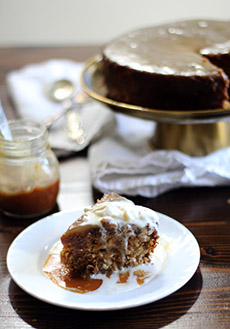
[2] If you like lots of sauce, double the toffee portion of the recipe.

[3] Ginger-accented individual sticky toffee pudding garnished with crystallized ginger, candied orange peel, and candied orange slices (photos #3, #4, and #7 © Sticky Toffee Pudding Company).
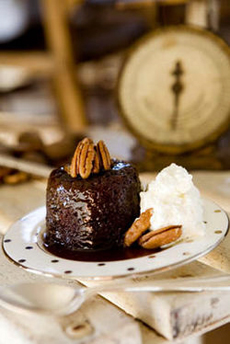
[4] Sticky toffee pudding topped with whipped cream and pecans.
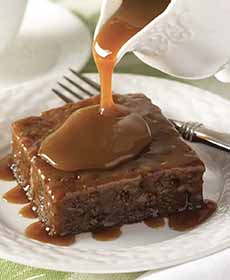
[5] Mackenzie Ltd. will sell you frozen sticky toffee pudding that you can defrost when guests drop by (photo © Mackenzie Ltd.).
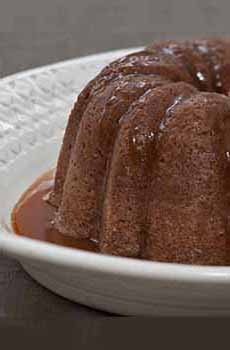
[6] Sticky toffee pudding made in a Bundt pan (photo © Anson Mills).

[7] Sticky toffee pudding made in a loaf pan.
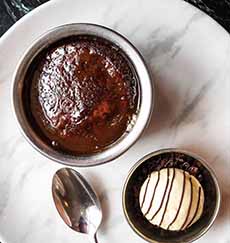
[8] Fancy: Sticky toffee pudding in a ramekin, warm from the oven, with a side dish of vanilla ice cream (photo © Bluebird Bar & Restaurant | Facebook).
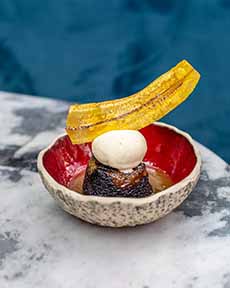
[9] Adding some crunch and visual appeal with a plantain chip (photo © Sushi Samba | Facebook).
|









